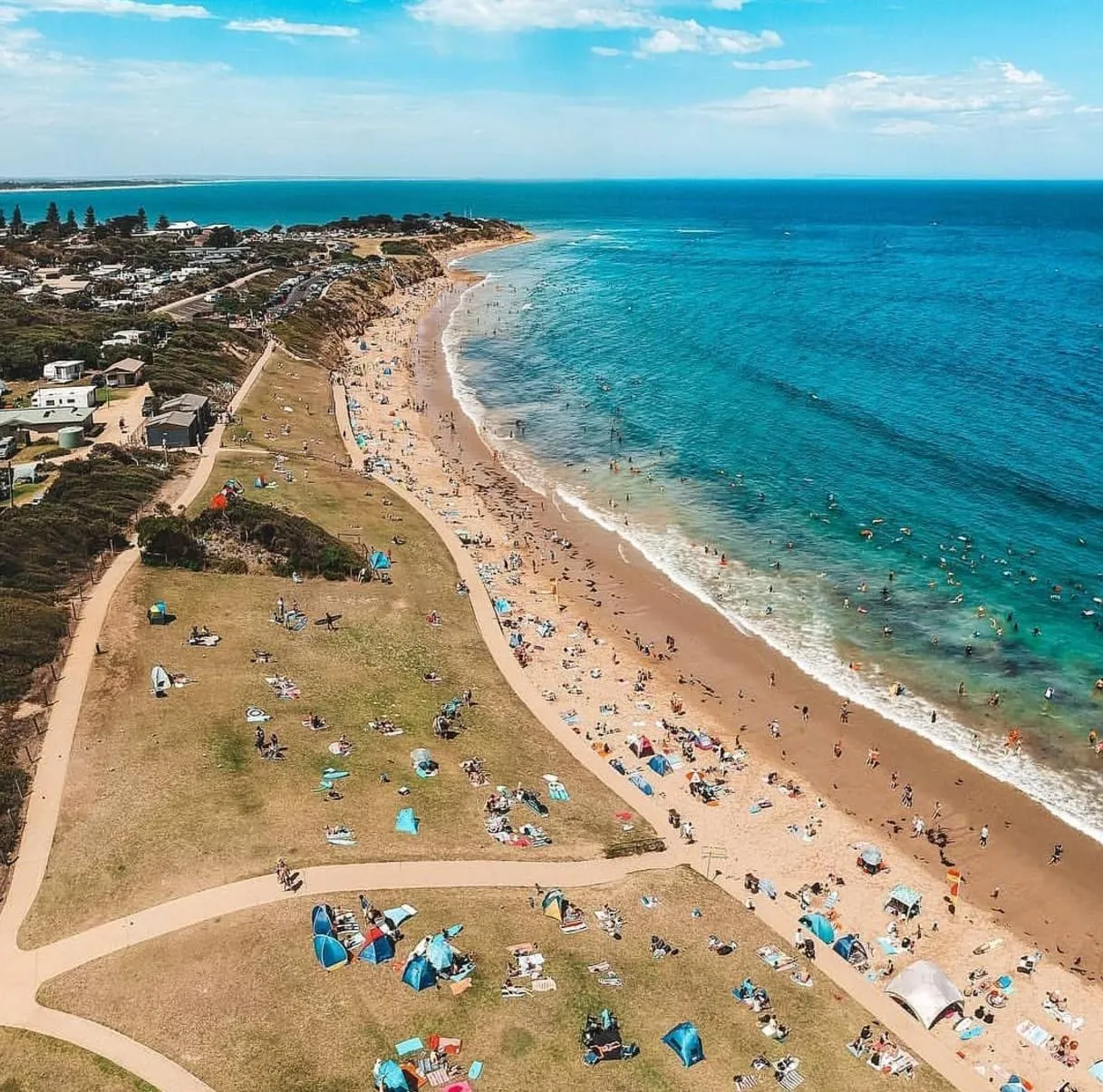The Great Ocean Road is one of the most famous coastal drives in Australia, 240km of sheer heaven along the Victorian coast. It’s known for it’s rugged cliffs, golden beaches and rainforests, so whether you’re a seasoned traveller or a first timer, this guide will take you through the best stops, routes and tips to get the most out of your Great Ocean Road adventure.
Torquay to Port Fairy, the Great Ocean Road has some of the most beautiful coastal views in the world, with sheer cliffs, world-famous surf beaches and plenty of adventure. Along the way you’ll find charming seaside towns, national parks, famous landmarks and secret beaches. Whether you’re on a road trip or just Great Ocean Road tour from Melbourne, the Great Ocean Road is a must-do.
Great Ocean Road starts here: Torquay
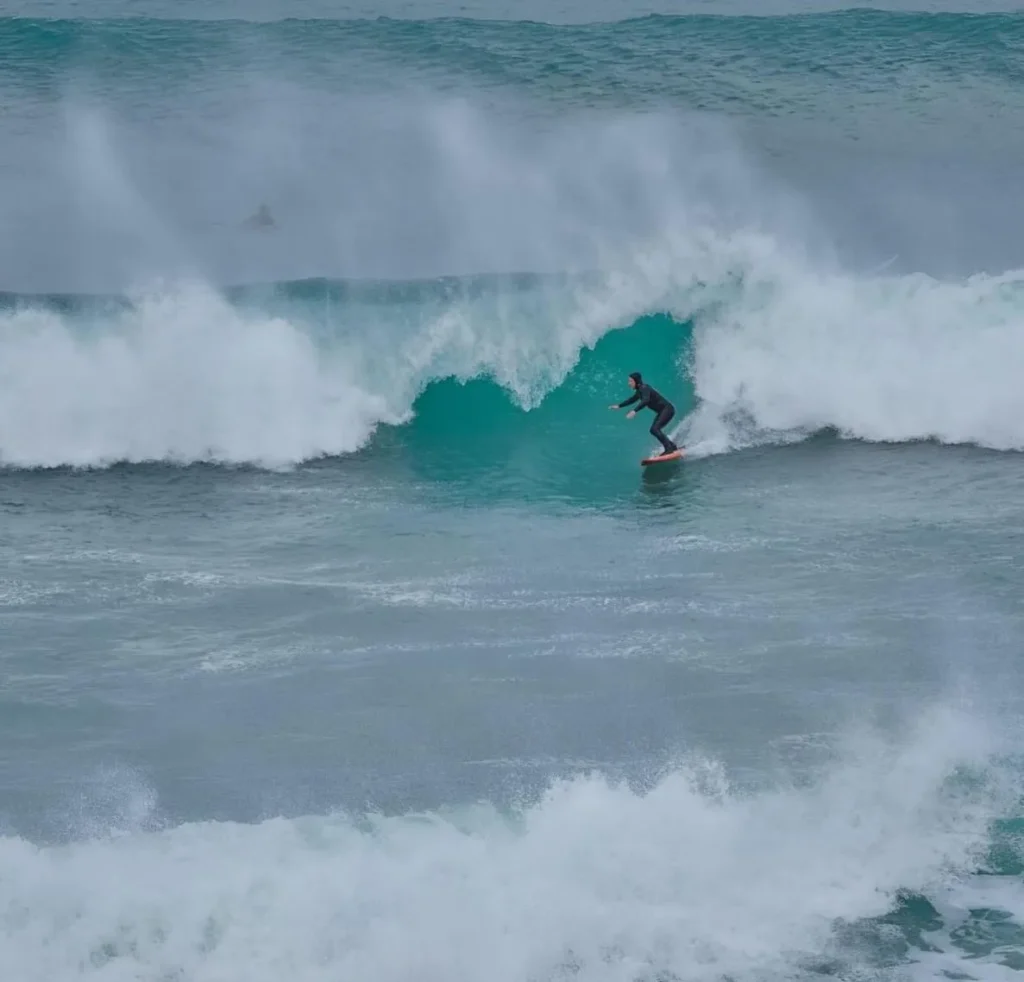
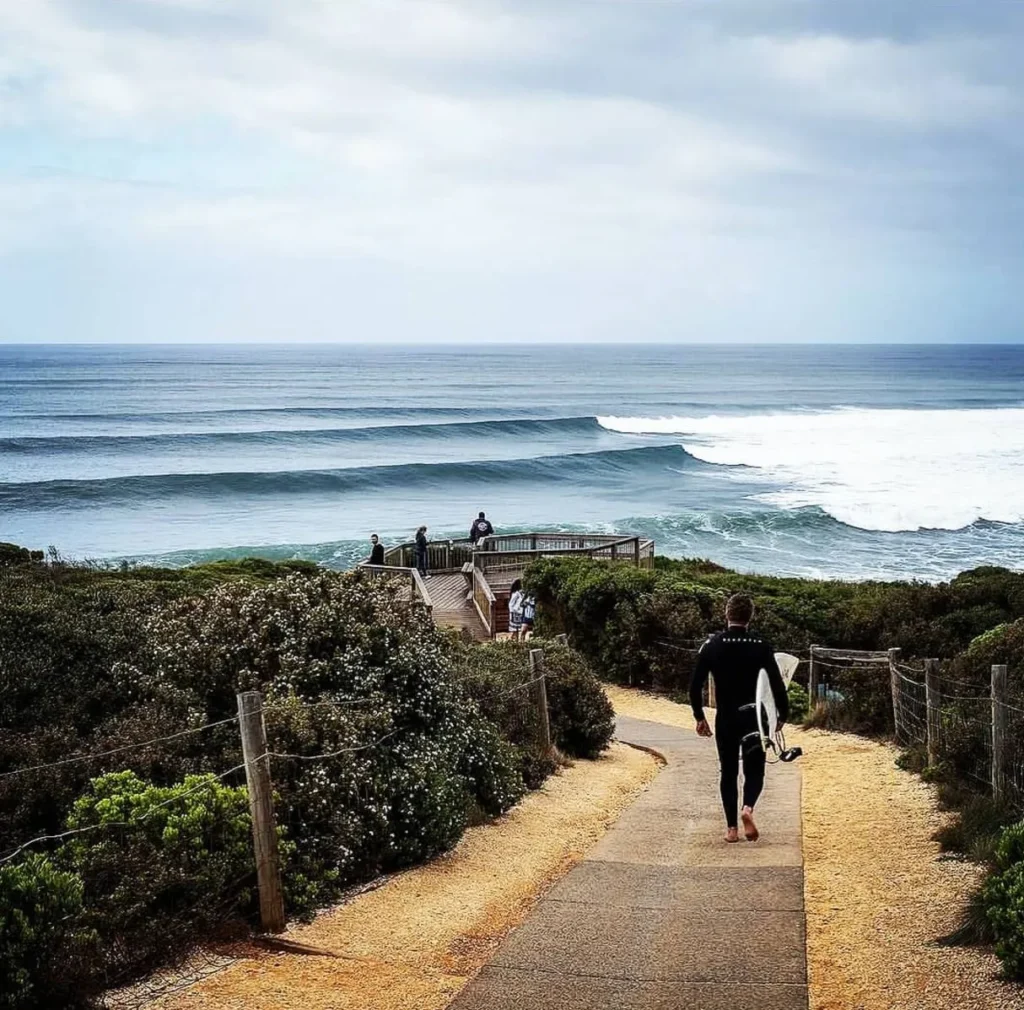
Torquay is the start of the Great Ocean Road, often referred to as the entrance to this amazing journey. Just over an hour from Melbourne, Torquay is a beachside town with a relaxed vibe and a lively local scene. It’s also the birthplace of Australian surfing so if you’re a surfer, this is a must stop. The world-famous Bells Beach is here and attracts surfers from all over the world. If you’re not a surfer, you can just chill by the beach or take in the coastal views. Torquay is a great place to stock up on supplies before you head off on the drive ahead.
How to get to Torquay
To get to Torquay the easiest way is by car from Melbourne via the M1 highway, which takes about an hour. If you want a more scenic route you can take the inland route through Geelong and then head towards Eastern View to catch your first glimpse of the coast. You can also use public transport, trains to Geelong and buses to Torquay. Whether you’re in a hurry or just want to take your time and enjoy the coastal views, the journey to Torquay is a great start to your Great Ocean Road adventure.
Great Ocean Road Hotspots
As you travel along the Great Ocean Road you’ll pass by many amazing destinations. From coastal towns to national parks here are some of the highlights:
Apollo Bay and Otway National Park
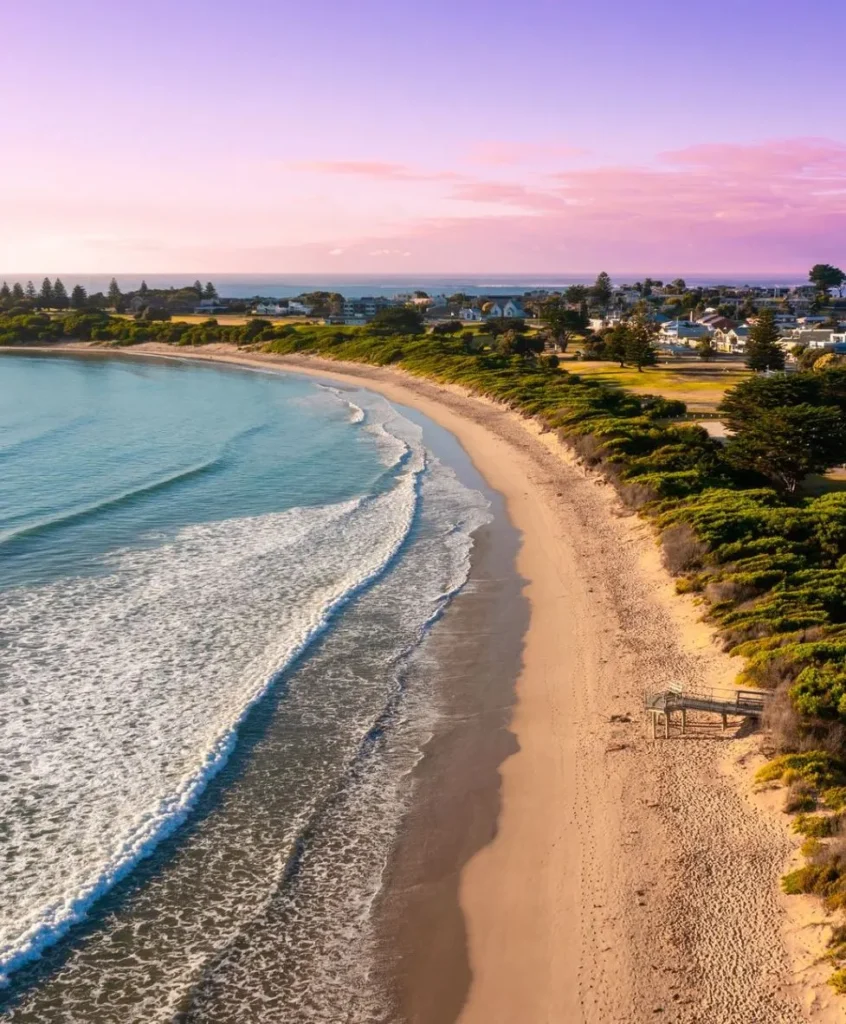
Great Ocean Road trip isn’t complete without a stop in Apollo Bay, a beachy town with a relaxed vibe. Apollo Bay is surrounded by the beautiful Otway National Park where you can walk, rainforest and waterfalls (Triplet Falls, Hopetoun Falls, Stevenson Falls). The Otway Fly Treetop Adventures will give you heart stopping views as you walk through the treetops, above the forest. And the ocean views are incredible with clear blue water perfect for a swim or a day at the beach.
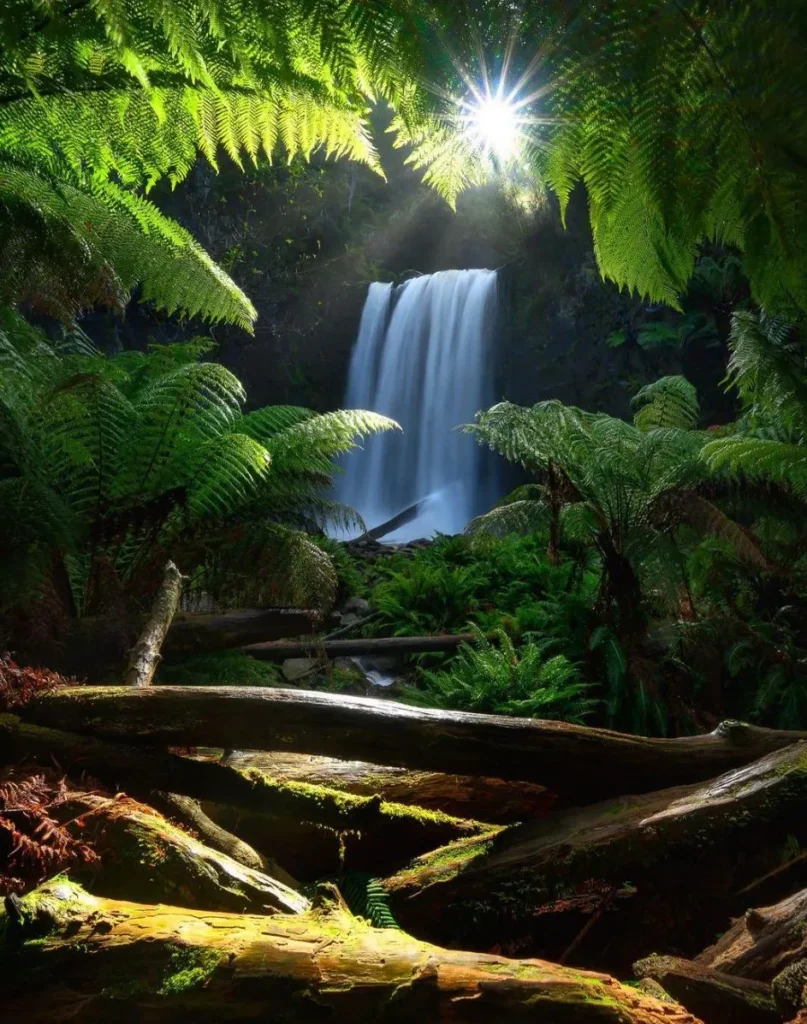
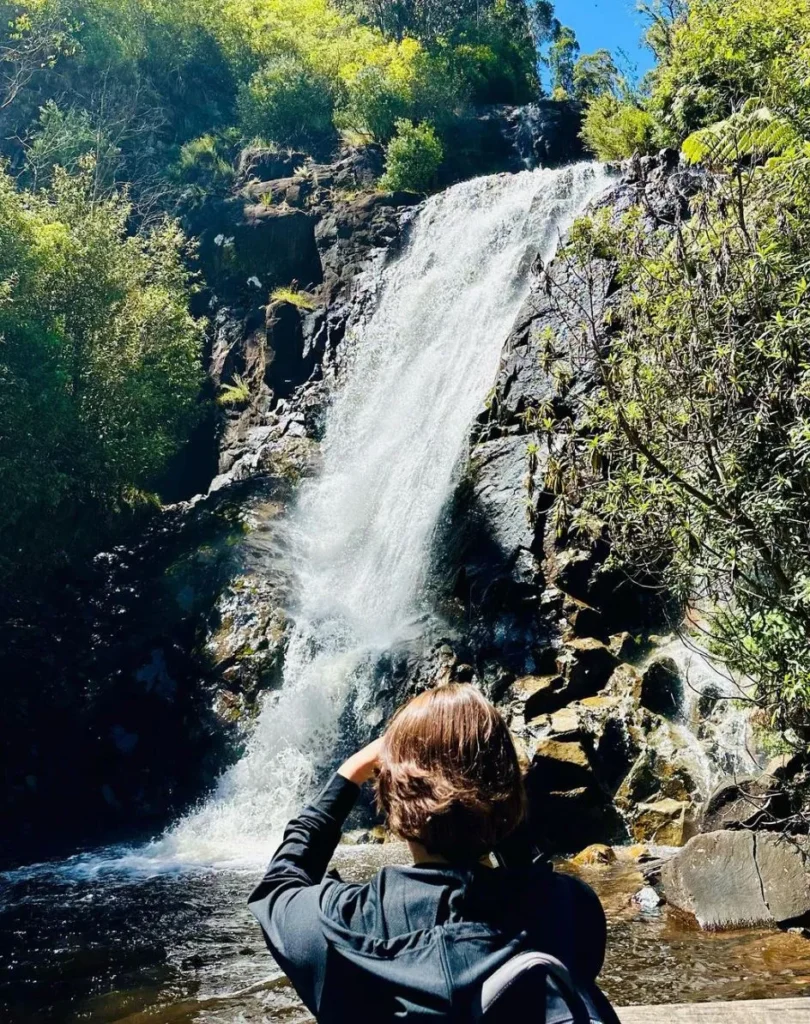
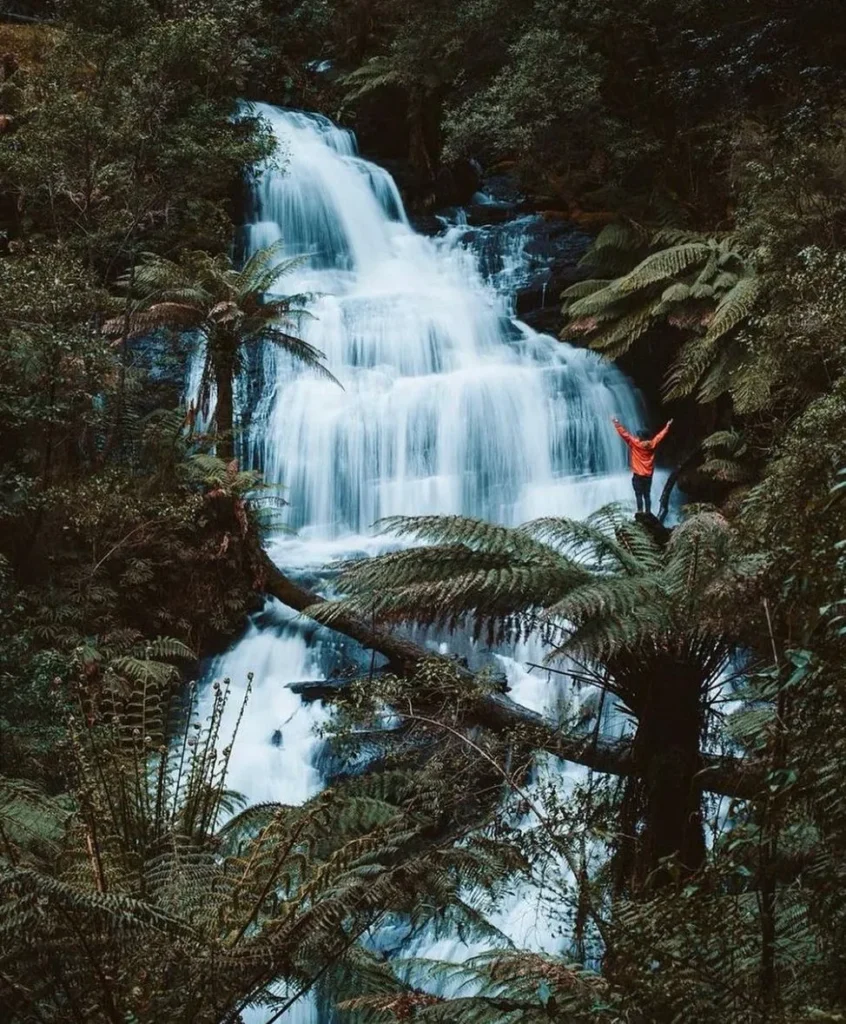
Port Campbell and the Twelve Apostles
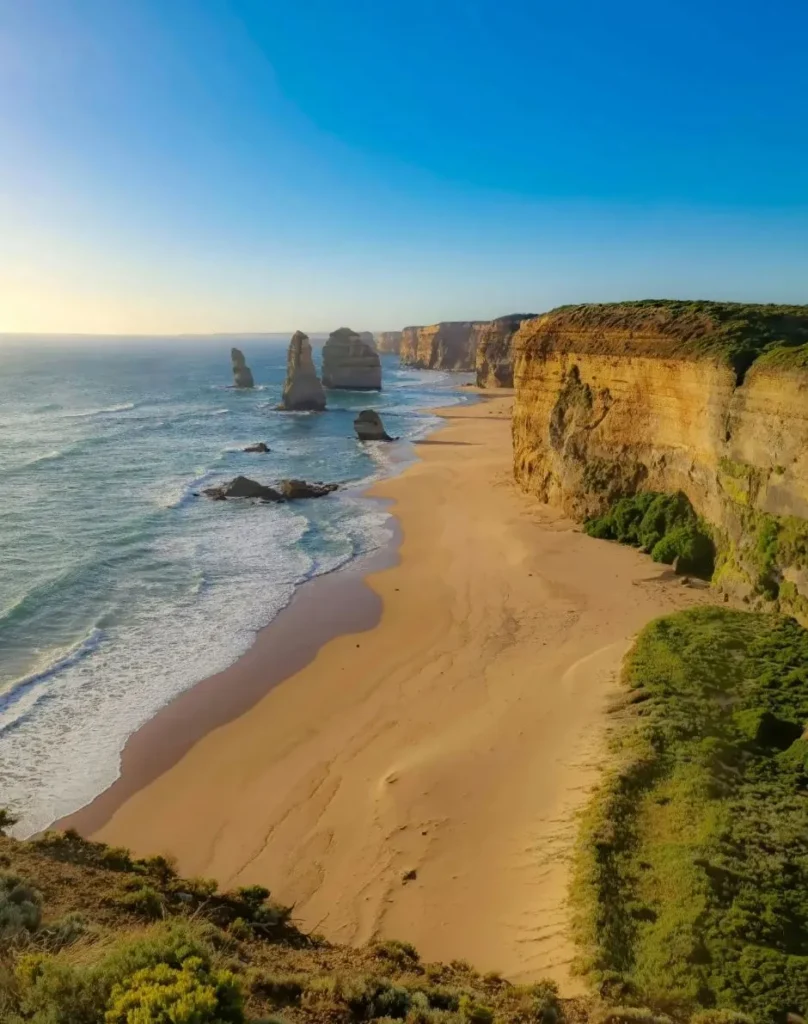

One of the most famous stops on the Great Ocean Road is Port Campbell, the entrance to the Twelve Apostles. These limestone stacks rising out of the Southern Ocean are a natural wonder and one of Australia’s most photographed icons. The Port Campbell National Park has several walking tracks including the ones to Gibson Steps and London Bridge (also known as London Arch) both with amazing coastal views. The nearby Bay of Islands has views of dramatic limestone formations and offshore stone archways.
Kennett River and Koalas
Another great stop on the Great Ocean Road is Kennett River, home to resident koalas and plenty of birdlife. The area has several walking tracks through eucalyptus trees where you can spot koalas, especially in the morning or late afternoon. Maits Rest has more beautiful walking tracks through the rainforest making it a nature lover’s paradise.
Cape Otway and the Southern Ocean
Cape Otway is a must see for those who want to experience the wild Southern Ocean. The Cape Otway Lighthouse has amazing views of the coast and is one of the oldest surviving lighthouses in Australia. The national park surrounding it has a wide range of wildlife and several walking tracks including Triplet Falls and Phantom Falls.
The End of the Great Ocean Road: All the way to Warrnambool
The Great Ocean Road actually ends in Warrnambool, a historic Victorian town on the Shipwreck Coast. The drive from Port Campbell to Warrnambool takes you through the Tower Hill Wildlife Reserve, a dormant volcano that is now a wildlife sanctuary with koalas, emus and kangaroos. There are walking tracks with views of the crater and wetlands.
Warrnambool has the largest war memorial in Victoria and the soldiers who died in World War I. The town also has great coastal views, beachy vibes and the Whale Watching Centre where you can see southern right whales in winter.
Other routes to drive beyond Warrnambool
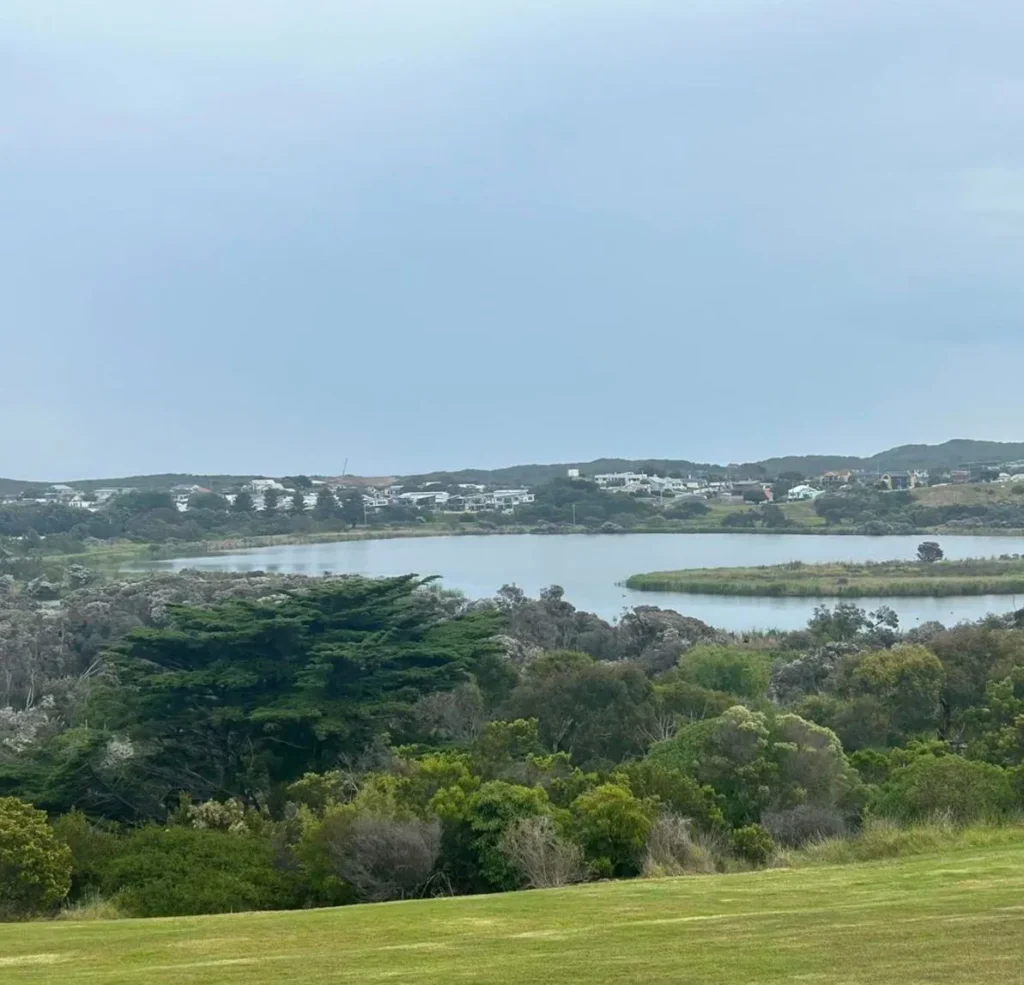
If you want to drive beyond the Great Ocean Road there are a few other routes to consider. Port Fairy, a lovely coastal town, is only a short drive from Warrnambool and has a harbour, historic buildings and local galleries. From there you can drive to the Grampians National Park to the north or head south to Mount Gambier, a city with volcanic crater lakes and caves.
Best Time to Drive the Great Ocean Road
You can drive the Great Ocean Road all year round but the best time to visit is spring and summer (September to February) when the weather is mild and the views are at their best. If you prefer fewer crowds visit in autumn or winter and you can have the coastal beauty to yourself. Just be aware that roads can be slippery in winter especially after rain so always check road conditions before you go.
Conclusion
The Great Ocean Road is a must do for anyone who wants to see great views, dramatic coastlines and a mix of natural beauty and cultural heritage. From Bells Beach to the Twelve Apostles limestone stacks this journey has something for nature lovers, thrill seekers and road trippers. Whether you’re driving from Melbourne or spending the day in one of the many Victorian towns along the way the Great Ocean Road will give you memories for life.
FAQ
When should I drive the Great Ocean Road?
Spring and summer (September to February) is the best time to drive the Great Ocean Road when the weather is mild and the views are at their best. Winter has fewer crowds and some unique experiences especially for whale watching.
How long does it take to drive the Great Ocean Road?
The whole Great Ocean Road is 240km and takes about 4-5 hours to drive without stopping. But most people take several days to visit the coastal towns and lookouts along the way.
What are the must see attractions on the Great Ocean Road?
Must see attractions include the Twelve Apostles, Bells Beach, Port Campbell National Park, Cape Otway, Maits Rest, Hopetoun Falls and London Arch. You can also visit the coastal towns of Apollo Bay and Port Fairy.
Can I drive the Great Ocean Road in one day?
While you can drive the Great Ocean Road in a day we recommend taking multiple days to really see it. This will give you time to soak up the beach life, do day trips and explore natural wonders like waterfalls and national parks.
Are there any walking trails on the Great Ocean Road?
Yes, there are many walking trails along the Great Ocean Road, in Otway National Park, Port Campbell National Park and around Maits Rest.
